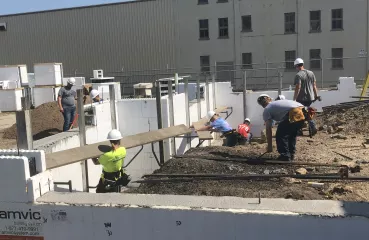Considering a career in clean energy? You’re not alone. In 2019 Clean Jobs Midwest reported that there were more than 61,800 people working in clean energy jobs across the state—1 in 3 of them in Greater Minnesota—an increase of over 1,000 jobs just that year.
Since the COVID-19 pandemic hit in 2020, it is estimated that Minnesota has lost more than 11,500 clean energy jobs, or 18 percent of its workforce. But there are already early signs of recovery, and myriad ways that those looking for work in an in-demand field can benefit from building Minnesota’s clean energy future.




